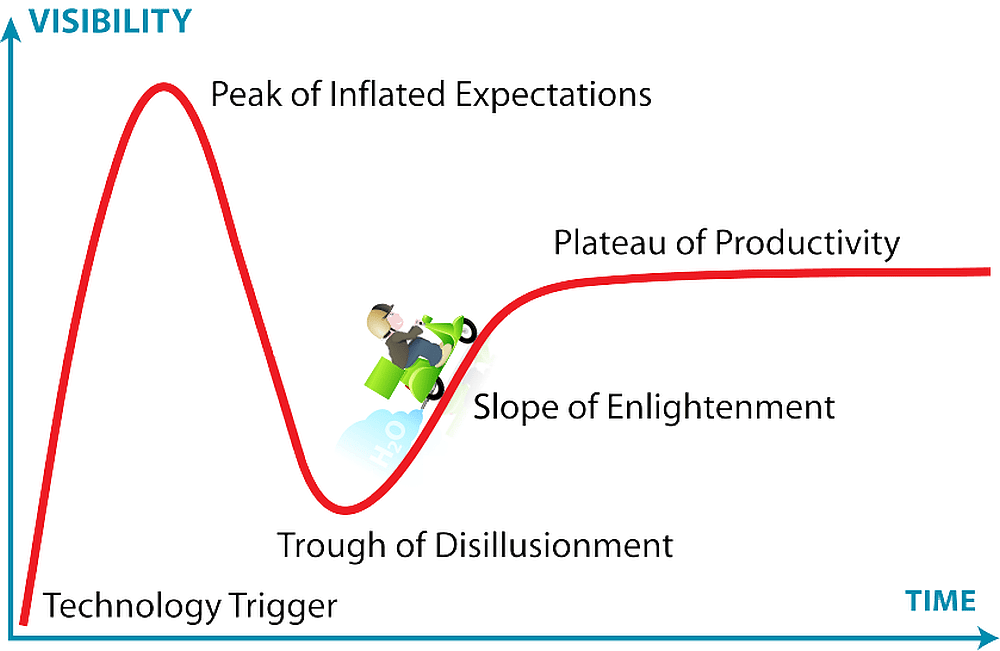
[Image above] Credit: 401(K) 2012; Flickr CC BY-SA 2.0
When it comes to budget time, everyone is a winner—that is, until they’re not.
For now, that means big wins for science and technology in President Barack Obama’s proposed $2.63-trillion Fiscal Year 2016 budget.
According to the White House Office of Management and Budget, “Creating jobs that pay good wages is the best way to grow our economy and the middle class. To compete in the 21st century economy and make America a magnet for job creation and opportunity, we need to invest in American innovation, strengthening our manufacturing base, keeping our Nation at the forefront of technological advancement, and leading in the development of clean energy alternatives and the promotion of energy efficiency while moving toward energy security through safe and responsible domestic energy production.”
That means money for:
- American manufacturing/manufacturing institutes. Nine advanced manufacturing institutes are funded through 2015, but why stop at nine? To complete a network of 45 institutes, Obama is requesting monies for seven additional institutes in 2016 and the “full investment” required to fund the balance and “create jobs, continue growth in the industry, and strengthen America’s leadership in advanced manufacturing technology.” The proposed budget also includes the American Made Scale-Up Fund, a public-private fund for start ups that helps “ensure that if a technology is invented in the United States, it can be made in the United States,” creating and keeping manufacturing jobs here at home.
- R&D. Because “our long-term economic competitiveness depends on continued robust investment in R&D,” the president’s budget includes a $146-billion (6%) increase for R&D—particularly that for basic research and advanced manufacturing technologies.
- Clean energy. The proposed 2016 budget boosts clean energy funding by 7% and includes the creation of a $4-billion fund to encourage states to cut power plant emissions sooner rather than later. It also permanently extends the Production Tax Credit and Investment Tax Credit for the wind and solar energy industries, respectively. The proposal also includes a 9% bump over 2015 enacted levels for the DOE. (More detail on the Energy Department’s request here.)
- NSF. The National Science Foundation gets a proposed $7.7-billion (5.2%) increase in the 2016 budget—some $379 million over 2015. The increased spending request includes monies for research on sustainability, climate, advanced manufacturing, and clean energy as well as investments in developing the STEM workforce.
- NASA. At $18.5 billion for 2016, NASA would receive a $500-million increase over 2015 enacted levels.
As always, this is only a proposed budget. By the time the President’s spending plan reaches the House and Senate for approval, the only thing that is certain is that nothing is certain.
Will these programming priorities keep the “W”? Only time will tell, but we’ll keep you up-to-date on budget developments as they happen.
Author
Jessica McMathis
CTT Categories
- Market Insights

